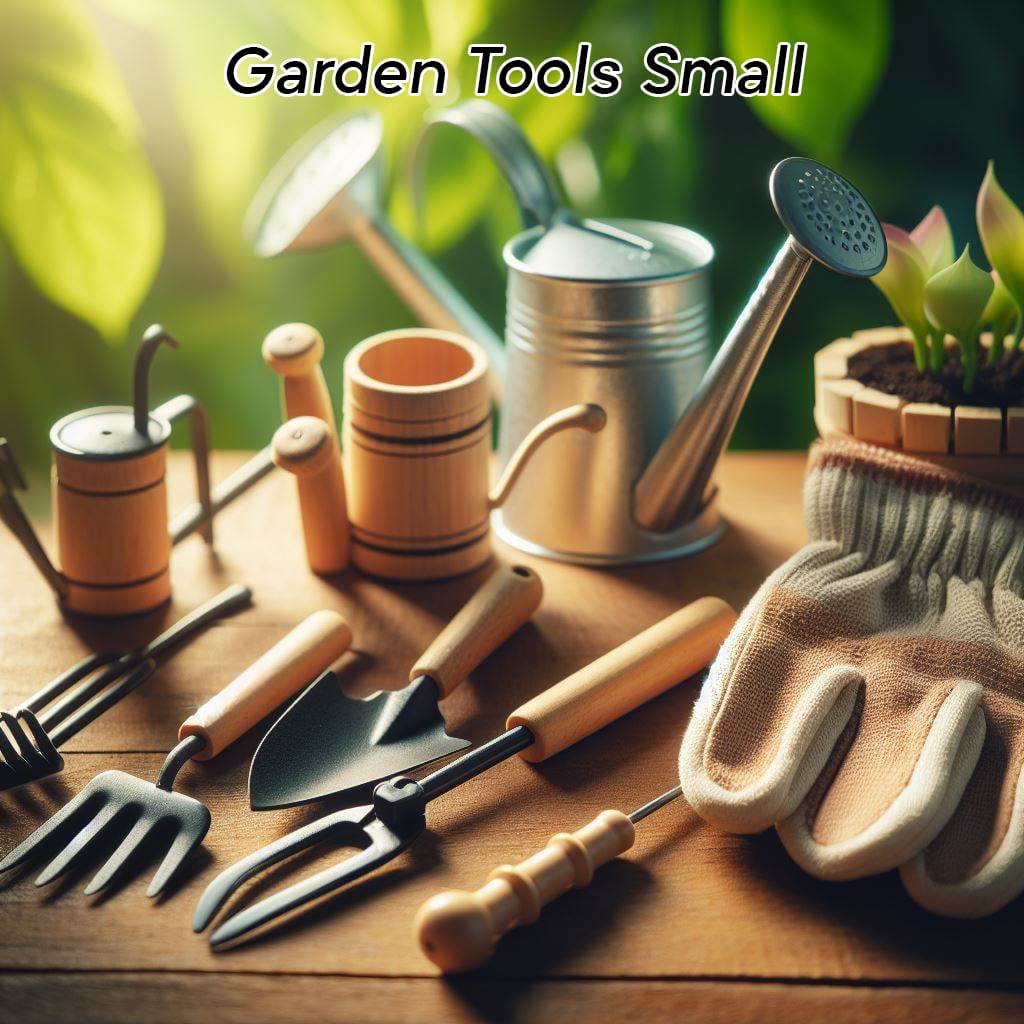overwatered vs underwatered monstera
Even if you are aware of the meanings of these phrases, knowing when to use which one to water your plants might be difficult.
What then makes a difference?
| OVERWATERED MONSTERA | UNDERWATERED MONSTERA |
|---|---|
| Constant wet soil. | Dry soil. |
| Lower leaves turn yellow and brown. | Leaves drop and curl before turning brown. |
| A foul smell coming from the soil. | No smell coming from the soil. |
| Roots become mushy and black or brown. | Roots feel papery and thin. |

Introduction of monstera plant
Monstera is a genus of nearly 50 tropical American flowering plants, known for their climbing, terrestrial, or epiphytic leaves. The Swiss cheese plant, or Mexican breadfruit, has edible, scaly fruit with a pineapple-mango taste. However, unripe fruit contains calcium oxalate and is considered mildly toxic.
What does an overwatered monstera look like?
Chocolate brown foliage, root rot, yellowing leaves, mold on the earth’s surface, blisters on the leaves, and excessively damp soil are all indicators that a Monstera plant has been overwatered.
To ensure you don’t miss anything, you should examine your Monstera plant from the bottom of the container to see whether you have overwatered it. Examine the plant’s soil, the roots, the leaves, and the pot.
How do you know if monstera needs more water?
When monsteras get thirsty, they frequently droop, much as many other plants. Should you observe that the leaves on your monstera are lanky and drooping, examine the soil to determine whether the upper few inches are dry. If so, give your plant some water. It ought to wake up again in a few hours!
How do I know if I’m overwatering or
underwatering?
Mold on the top of the soil indicates the presence of fungi, which spreads due to overwatering. Dead leaves on the soil make it more susceptible to mold. Monstera plants need well-drained and fresh soil, which can be measured using a finger, wooden stick, or moisture meter. If the soil seems wet and takes too long to dry, it is likely overwatered. To save an overwatered monstera, adjust watering and inspect the root system for signs of root rot.
Which is worse overwatering or underwatering?
Overwatering and underwatering are both harmful to plants, with overwatering being more severe due to the length of exposure. Soil that is soggy or dry can hinder gas exchange in roots, while underwatering can cause hydraulic pressure loss, resulting in wilted plants. Desert and aerial plants can tolerate relatively dry soil for a few weeks, while tropical houseplants suffer from both. Clogged soil drainage can also reactivate soil-dwelling molds, causing two issues with one cause: overwatering.
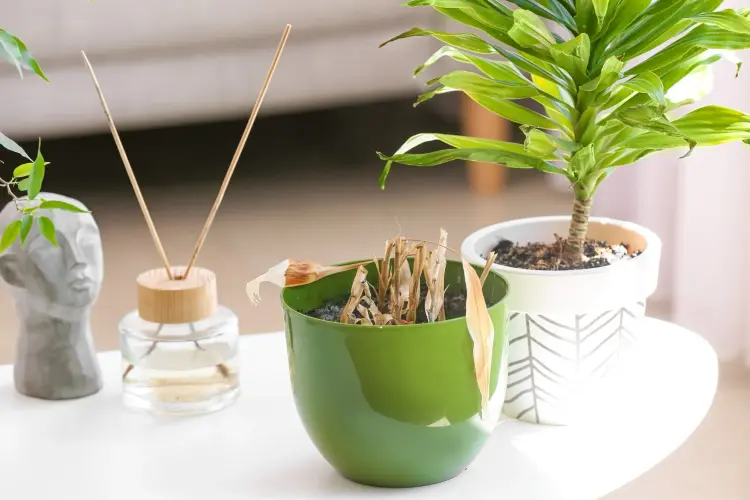
What does an unhealthy monstera look like?
Overwatering and underwatering can lead to plant death, root rot, and fungus, and can sometimes result in overcompensation and inadequate water supply.
How often should I water my Monstera?
Monsteras prefer moderate watering, which means watering when the soil feels moist one or two inches below the surface. To test this, use finger tests, a stick method, or a moisture meter. A finger test involves gently poking the soil until two knuckles deep, while a stick method involves inserting a wooden stick into the soil. If the stick comes out clean, the soil is dry, and watering is recommended. A moisture meter is a more advanced method that can provide insight into the amount of water your monstera’s roots are holding onto. Insert the sensor into the soil halfway between the plant’s base and the side of the pot, and when the meter reads at about a 3, the soil is ready for watering.
Do Monsteras droop when they need water?
Observing abrupt, dramatic leaf drooping on your Monstera might be worrying. Don’t panic if your plant was beautiful yesterday but is now wilting and dejected. Almost usually, this is quite normal and fixable.
In addition, very dry soil might cause a monstera to droop.
To keep the soil around your plant moist, make sure you water it on a regular basis. When the top two inches of soil are dry, stick your finger into the soil to feel for moisture and water.
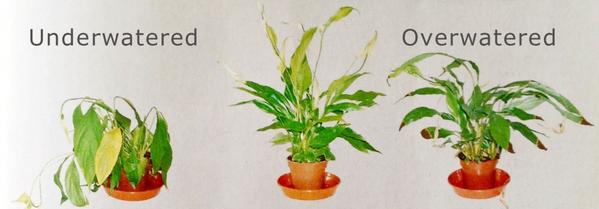
Monstera Overwatered or Underwatered:
What’s the difference?
Most houseplants have a moderate watering regime, but overwatering can cause brown tips and yellowish borders on leaves, while plants with parched soil show dramatic symptoms like droopy leaves and partially browned foliage. To distinguish between Monstera overwatering and Monstera underwatered, touch the soil or use a soil moisture-detecting device. Overwatering can be deceiving, so it’s crucial to monitor and maintain a balanced watering regime.
Overwatered Monstera
The leaves at the base of the plant, or the older leaves, will be the first to turn yellow if your monstera is receiving excessive amounts of water.
Monstera Underwatered
Your monstera plant will begin to turn yellow leaves all throughout, potentially beginning with the more tender, younger leaves, if it is too dry.
ow Do You Fix Overwatering and
Underwatering in Monsteras?
To remove a plant from a pot, gently lift it out of the pot, working soil from the roots without breaking them. Cut off any soft, rotten roots and remove dead or damaged ones. Fill a new pot with pasteurized potting soil and use a pot the same size as the old one with a bottom drainage hole. Place the plant in the pot, spreading its roots over the soil. Adjust the depth of soil beneath the roots so the top of the root ball sits 1 inch beneath the pot rim. Add soil until the plant is at the same depth as before. Water the soil lightly and keep it slightly moist, emptying the drainage tray after watering.

Signs of Overwatering in Monstera
1) Yellowing Leaves
Overwatering and underwatering can cause Monstera’s leaves to turn yellow, with older or lower-lying leaves first showing yellowing when overwatered, apart from wet soil. This issue can be caused by nutrient deficiency or other factors.
2) Brown Spots
Brown spots on Monstera plants can be caused by root rot, excessive dryness, fertilizer burn, lack of humidity, and bacterial infections. If brown spots appear, check soil moisture levels. Overwatering can cause soft, dark brown spots on lower leaves, indicating root rot. Dark, mushy stems may also indicate root rot. If these signs are present, act immediately to save your plant.
3) Root Rot
Root rot in Monstera plants is often difficult to detect, but a rotting smell from the soil is a good indicator. Overwatering can cause root rot, which can damage the plant’s root system without displaying symptoms. To confirm this, check moisture levels with a moisture meter, which should read between 8 to 10. Checking the roots may reveal rotten, stinky, and gooey roots.
4) Mould Growing on the Soil
Soggy soil with mould growth indicates overwatering issues in your Monstera plant. This mould is harmful to the plant, toxic to humans, and can cause respiratory issues, making it crucial to eliminate it.
5) Wet or Waterlogged Soil
Wet or waterlogged soil is a significant indicator of excess water for Monstera plants, as it can be a breeding ground for fungus, the primary cause of root rot.
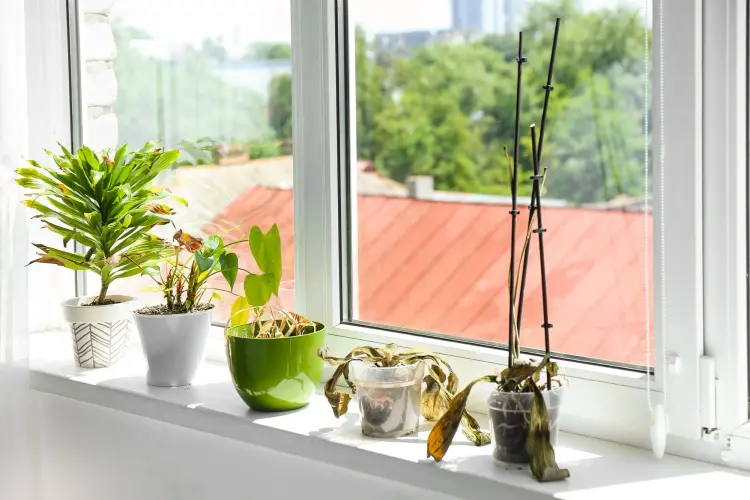
Signs of Underwatering in Monstera
- Stunted, slow growth
- Brown, dry or curling leaf edges
- Flowering plants fail to produce blossoms
- Brittle, crisp stems
Preventing Overwatering and
Underwatering
To ensure your plants are well-watered, check the soil by poking a finger or satay stick into the soil/medium to test if it is ready to be watered. If the soil feels wet and cold, it may be too wet to water, while if it comes out dry, it is time to water. Use a moisture meter for an accurate reading to gauge if your plant is thirsty.
Water deeply, giving the soil a thorough soak each time. Drench the soil until the water flows out of the drainage hole, then adjust your next watering session accordingly to prevent over/underwatering. Choose the right pots, such as terracotta pots for heavy-handed watering, plastic pots for forgetting to water, and pots with drainage holes to avoid overwatering.
Always use pots with drainage holes to prevent overwatering, as excess moisture can trap in the soil, leading to root rot and fungal development. Self-watering pots can be beneficial for avid travelers, busy plant moms, or those struggling with watering. These pots distribute the perfect amount of water into the soil, allowing the plant’s roots to absorb what they need.
The type of medium used also plays a role in preventing under/overwatering. For moisture-loving plants, improve the water retention properties of their medium by adding materials like vermiculite, sphagnum moss, or coconut coir. For more water-retentive plants, add materials like sphagnum moss or coconut coir to improve water retention.
In summary, proper watering of your plants involves checking the soil, choosing the right pots, and adjusting the watering schedule accordingly. By following these guidelines, you can ensure your plants receive the necessary water and nutrients for optimal growth and health.
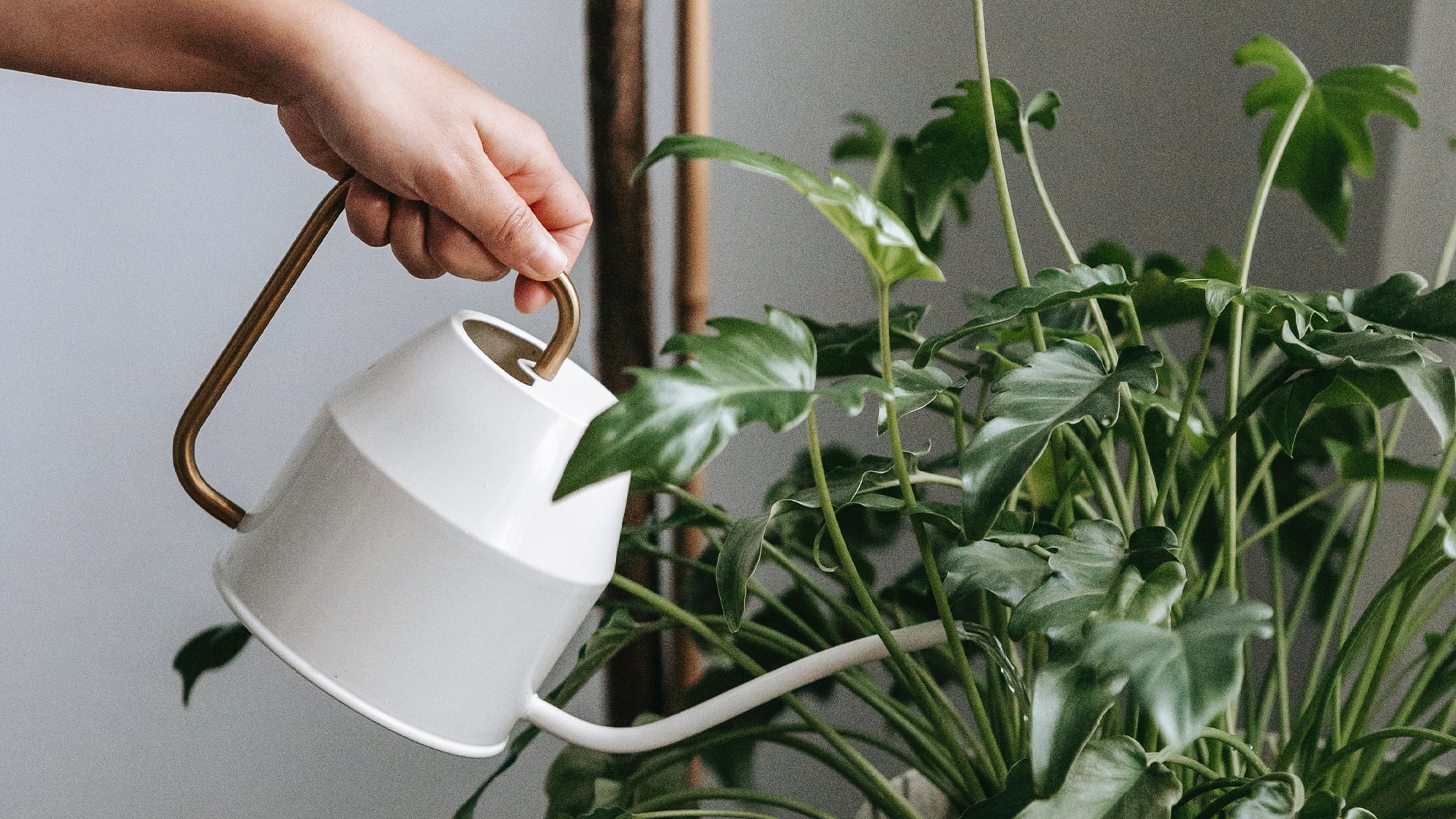
Conclusion
| Overwatering | Underwatering |
| Development of brown tips on new leaves | Development of brown tips on both new and existing leaves |
| Wilting that doesn’t resolve after watering | Wilting that improves after watering |
| Wet/waterlogged soil | Dry soil/ Soil pulling away from the pot |
| Mushy, black/brown roots (Root rot) | Roots shrink and shrivel |
| Leaves curling upwards | Leaves drooping downwards |
| Soft & limp leaves | Dry & crispy leaves |
| Soft, mushy stems | Brittle, crispy stem |
| Pests: Fungus Gnats (Prefers wet environments) | Pests: Spider mites (Prefers dry environments) |





